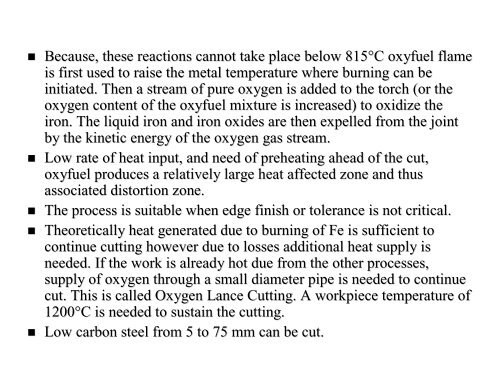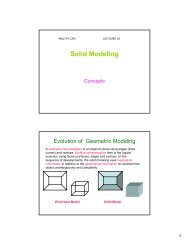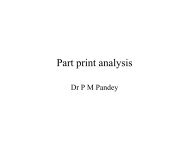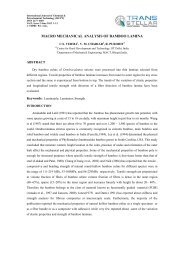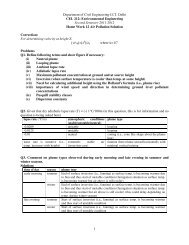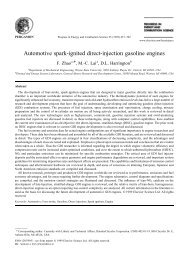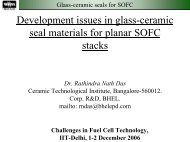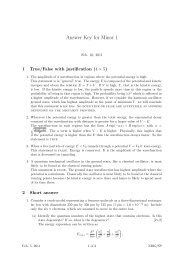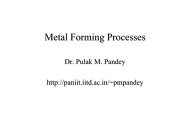You also want an ePaper? Increase the reach of your titles
YUMPU automatically turns print PDFs into web optimized ePapers that Google loves.
Because, these reactions cannot take place below 815°C 815 C oxyfuel flame<br />
is first used to raise the metal temperature where burning can be be<br />
initiated. Then a stream of pure oxygen is added to the torch (or (or<br />
the<br />
oxygen content of the oxyfuel mixture is increased) to oxidize the<br />
iron. The liquid iron <strong>and</strong> iron oxides are then expelled from the joint<br />
by the kinetic energy of the oxygen gas stream.<br />
Low rate of heat input, <strong>and</strong> need of preheating ahead of the cut,<br />
oxyfuel produces a relatively large heat affected zone <strong>and</strong> thus<br />
associated distortion zone.<br />
The process is suitable when edge finish or tolerance is not critical. critical.<br />
Theoretically heat generated due to burning of Fe is sufficient to<br />
continue cutting however due to losses additional heat supply is<br />
needed. If the work is already hot due from the other processes,<br />
supply of oxygen through a small diameter pipe is needed to continue continue<br />
cut. This is called Oxygen Lance Cutting. A workpiece temperature of<br />
1200°C 1200 C is needed to sustain the cutting.<br />
Low carbon steel from 5 to 75 mm can be cut.


